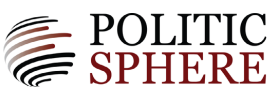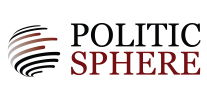What is Keynesian economics?
Keynesian economics refers to the macroeconomic effects on output, employment, and inflation. British scholar John Maynard Keynes initially introduced Keynesian economics. Keynesian economics was first developed in the 1930s to explain the Great Depression. The theory is demand-based and mainly considers the changes in the economy over a short-term period. The core belief of Keynesian economics is that government intervention can stabilize the economy. The theory works to separate consumers’ economic behavior and the markets serving them. It looks at the individual incentives that consumers get from broad national economic aggregate variables and constructs. During the Great Depression, Keynes advocated for increased government expenditure. The economy has an improved money supply when the government spends more and lowers taxes. The central government uses this fiscal policy as a method of stimulating demand. These economic measures were used to help pull the global economy out of the Depression.
The revolutionary theory was hailed as a new way of looking at spending, output, and inflation. It explained recessions as cyclical swings in employment and economic output. This revelation allowed governments to create profit opportunities that individuals and entrepreneurs would have an incentive to pursue. It influenced how the central bank corrected the imbalances in the economy. Keynes argued that if aggregate demand in the economy fell, production and jobs would decline in prices and wages. As the inflation rates in the country began to drop, wages would increase, and employers would make capital investments. These investments would lead to more people being employed, and economic growth would be restored.
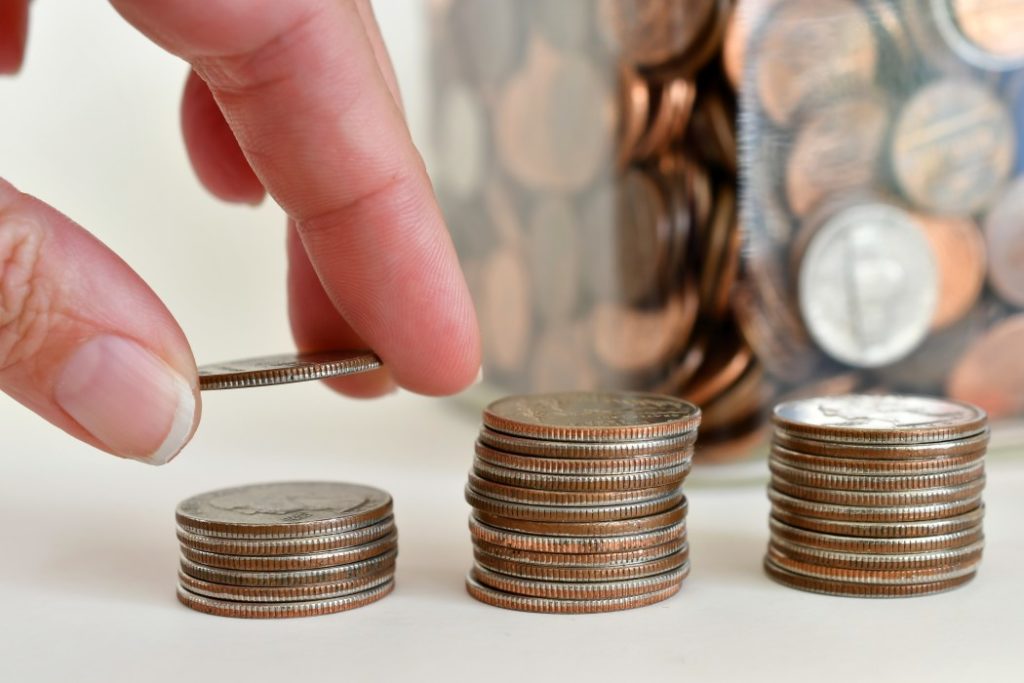
Business pessimism can exacerbate economic weakness and cause aggregate demand to plunge further. Keynesian economics contradicted commonly believed theories that lower wages can restore full employment because labor demand curves slope downward. Employers will not create more jobs because the demand for their products is weak.
During a period of lower prices, companies ideally would try to take advantage, but poor government regulation will discourage investment in new plants and equipment. Conversely, a harshly regulated business environment can cause companies to reduce capital investment. Nationally, there are diminished overall expenditures and employment.
Differences between Stagflation and Keynesian economics
Stagflation is generally considered to be an anomaly. The StagflationStagflation experienced in the U.S. during the 1970s is believed to have challenged the core principles of Keynesian economics. Keynesian models were introduced in the 1930s and were highly influential in accounting for periods of the Depression. The Stagflation experience was tackled through the inflation expectations presented by the Keynesian research program.
Keynesian economics vs. Stagflation is best looked at through theoretical and empirical progress. Stagflation can be seen as the logical consequence of Keynesian assumptions. It was used to help transition to new classical economics but was unsuccessful. Keynesian economics does not work for Stagflation because they tend to adopt novel findings and research methods. Keynesian economics is also known as new classical economics. New classical economics argues that the falsification of the Keynesian program is unwarranted. Under Keynesian economics, Stagflation should not be possible. The occurrence of Stagflation is a coincidence
between high inflation and unemployment. This scientific anomaly caused a scientific revolution or paradigm change in macroeconomics. Keynesian economics accounted for cost-push Stagflation; however, it failed to handle the 1970s Stagflation. Economists argue this was due to the U.S. central bank engaging in expansionary policies. These were introduced to gain political capital in the short run but led to increases in inflation expectations.
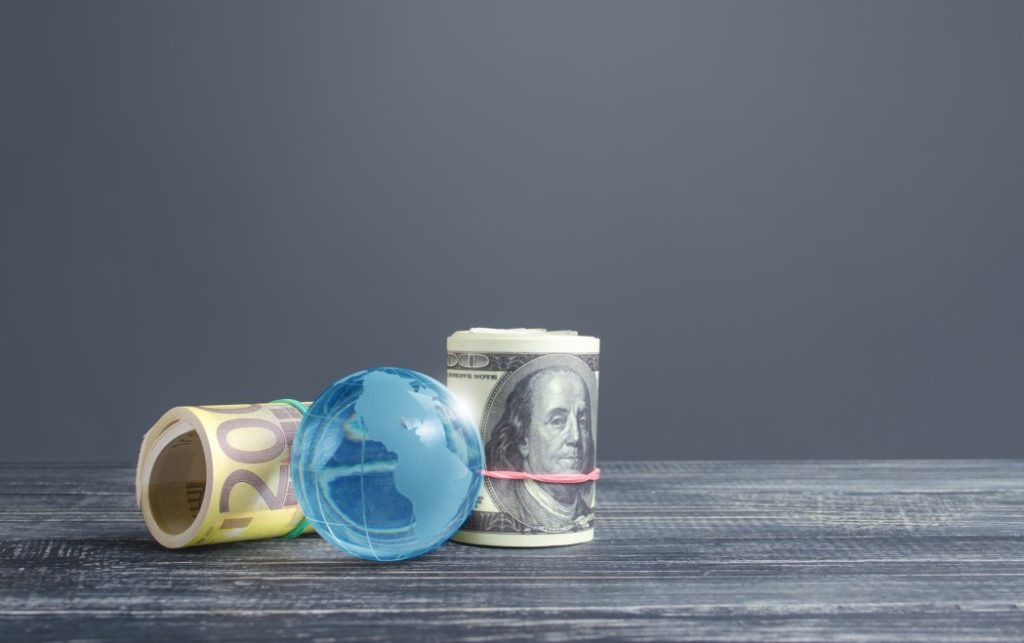
Stagflation vs. Keynesian economics during Nixon’s presidency
Reaganomics vs. Keynesian economics
Keynesian economics argued that fiscal & monetary policy was the best way to solve a recession. Reaganomics was a theory that highly favored balanced budgets, low inflation, and small government. Keynes was an economist who emphasized demand-side stimulus. President Reagan spent his presidency looking at the supply side of the economy. Keynesian economics main focus was on improving demand during the Great Depression. When President Reagan was elected, Stagflation was now inevitable. The U.S. economy faced severe budgetary deficits, with the central government struggling for money. Reagan attempted to spur economic growth and prevent Stagflation by introducing tax cuts and higher military spending. As opposed to balancing the budget, this move further indebted the U.S. government, and the non-military parts of the government began to shrink.
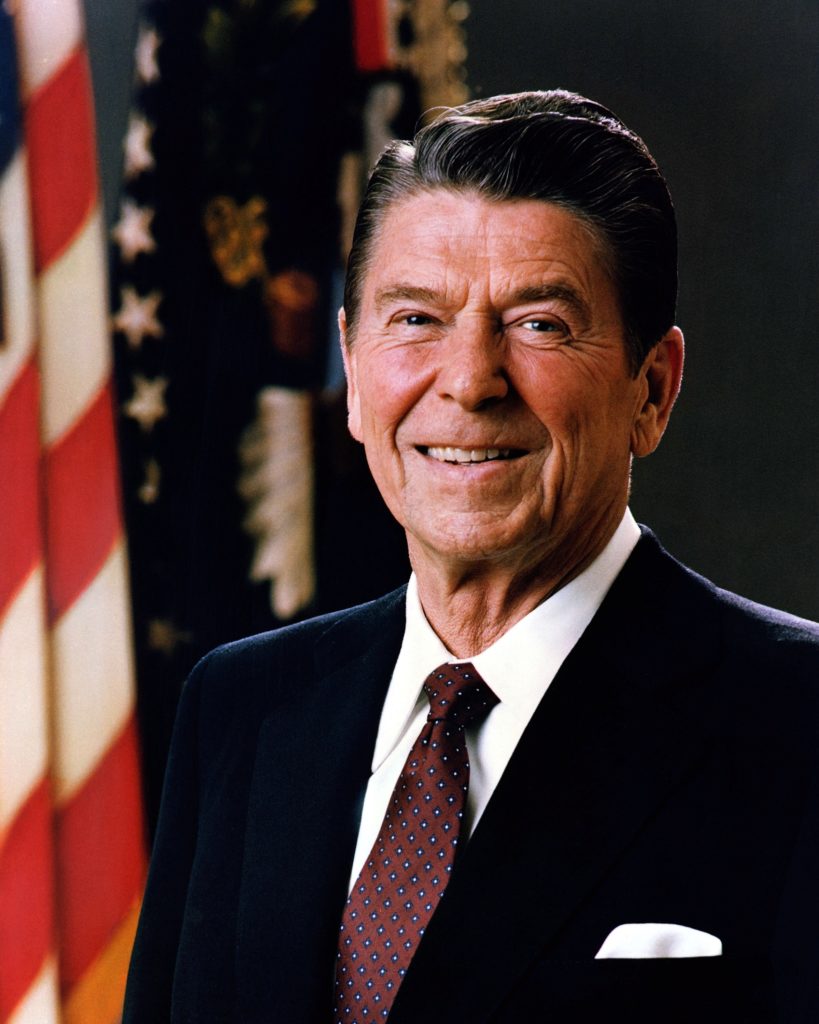
President Reagan believed in trickle-down economics. The government assumed more wealth for the rich would bring prosperity. Deregulating parts of the economy to prevent supply shocks. When President Reagan completed his term in office, inflation was lower.
Keynesian economics insisted that the government must account for all the debt incurred for long-term prosperity. A large debt bill is often easier to cover in times of prosperity. Perpetual deficits meant the government would always have to be fiscally conservative. The critical difference between Reaganomics and Keynesian economics was that Keynes favored transfer payments to reduce inequality and believed such transfers stimulated the economy.
Keynesian economics vs. classical economics
Classical economics does not consider a fiscal policy helpful in managing aggregate consumer demand. The classical theory focuses on balancing the money supply and achieving a manageable inflation rate. Keynesian economics argues central banks should use fiscal policy to save the economy.
What are the criticisms of Keynesian economics?
Increasing the money supply in the economy causes higher interest rates. When the financial sector becomes crowded, the value of goods increases. This feature can cause a budget deficit in a recession.
Keynesian economics vs. supply-side
Keynesian supporters argue that consumers and their demand for goods and services are the fundamental pillars of the economy. These vital economic drivers differ from supply-side economics, which argues that the more willing producers are to make and sell goods and services, the better the pace of economic growth.
